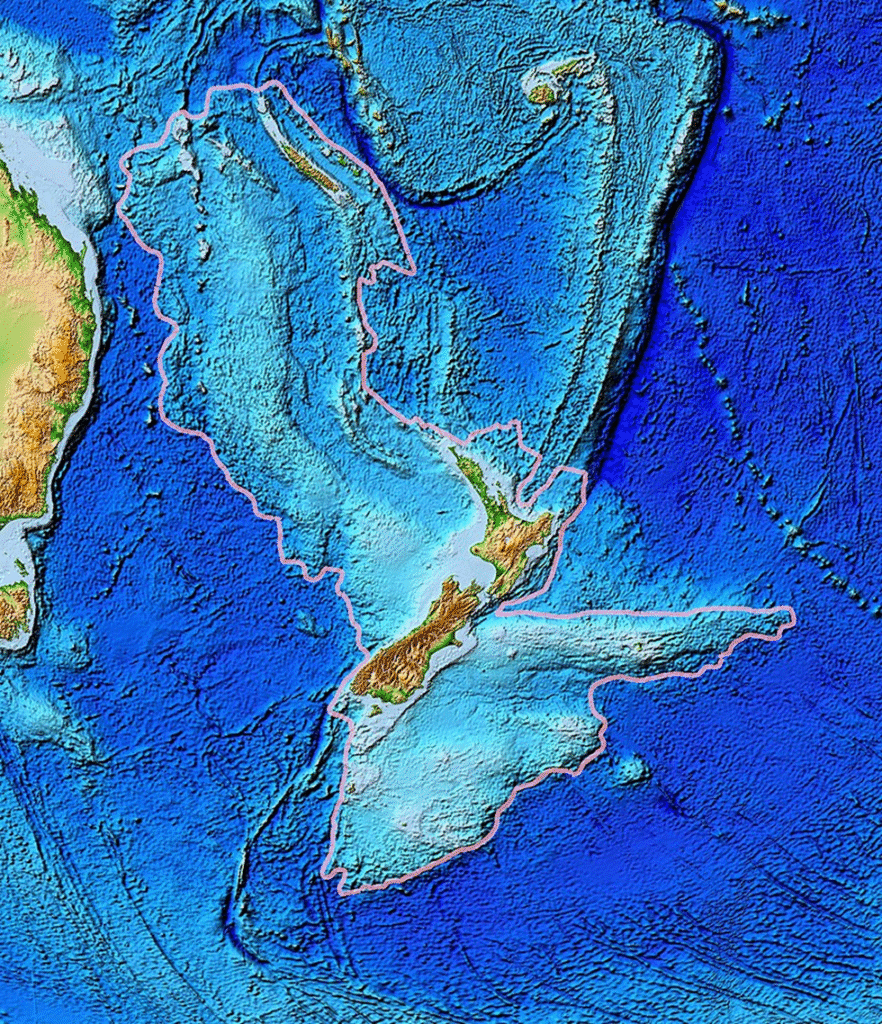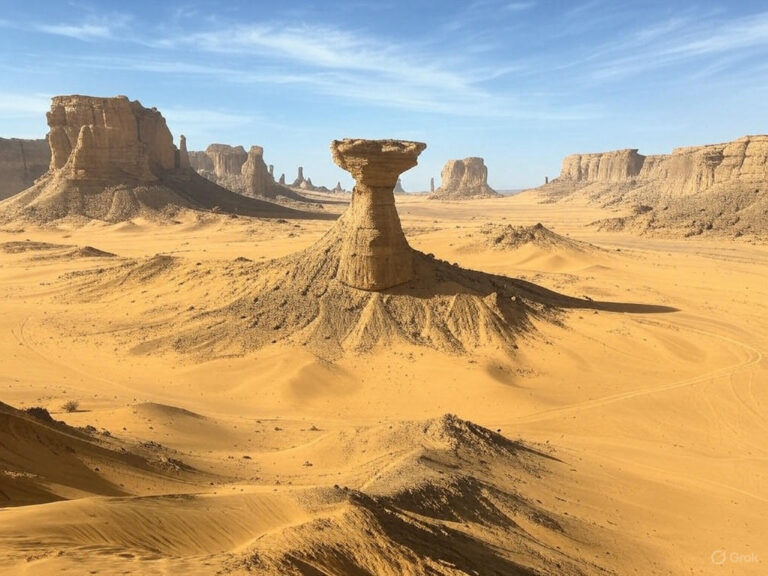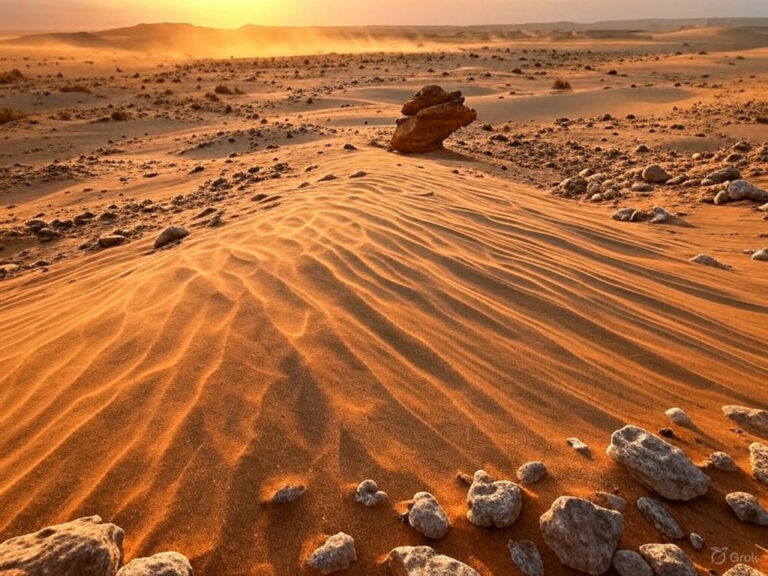Zealandia – The Hidden Continent Beneath the Waves
Most of us think there are seven continents. But what if we told you there’s an eighth—almost the size of Australia—hiding beneath the ocean?

Welcome to Zealandia: a submerged microcontinent that’s largely underwater but geologically distinct and continental in nature.
🌍 What is Zealandia?
- Zealandia is a submerged continental crust, also called a microcontinent, located in the South Pacific Ocean.
- It covers an area half the size of Australia, but only 6–7% of it is above sea level.
🧠 Think of it as a huge landmass that just dipped underwater due to geological processes—only the peaks (like New Zealand) remain visible!
🧬 Origin & Geological History
- Part of the ancient supercontinent Gondwana.
- Zealandia broke off from Antarctica about 100 million years ago and later from Australia around 80 million years ago.
- It has since remained isolated, gradually submerging beneath the ocean, except for a few land portions.
🌊 Land Above Sea Level
Though most of Zealandia lies underwater, the visible parts include:
| Above-Sea Portions of Zealandia |
| New Zealand – North Island, South Island, Stewart Island |
| New Caledonia – Located at the northern edge |
| Several smaller islets |
This is why New Zealand is sometimes referred to as the “top of a sunken iceberg-like continent.”
🌋 Tectonic & Volcanic Activity
- Zealandia sits across two tectonic plates: the Australian Plate and the Pacific Plate.
- This plate boundary interaction makes it highly tectonically active, especially in New Zealand.
⛏️ Geological Highlights:
- Taupo Volcanic Zone (North Island): Known for geothermal activity like geysers, hot springs, and volcanic lakes.
- Southern Alps (South Island): Created due to tectonic uplift; includes Mount Cook (Aoraki).
- Volcanic Plateau (North Island): Another result of tectonic forces beneath Zealandia.
⛽ Natural Resources
- The underwater expanse of Zealandia is rich in resources:
- Minerals and natural gas
- Maui gas field in the Tasman Sea is a major example.
These reserves contribute significantly to the energy economy of New Zealand.





One Comment